Fantasy: 7 sleepers to steal near the end of your draft
Find positional rankings, additional analysis, and subscribe to push notifications in the NFL Fantasy News section.
A fantasy sleeper can be defined in many ways, but here we aim to find players flying under the radar who could emerge as significant assets.
Average draft position (ADP) data courtesy of Fantasy Football Calculator and is based on 12-team leagues with PPR scoring.
More from this series
- Breakouts to target
- Busts to avoid
- Sleepers to steal
- Risky picks to gamble on
Sam Darnold, QB, Jets
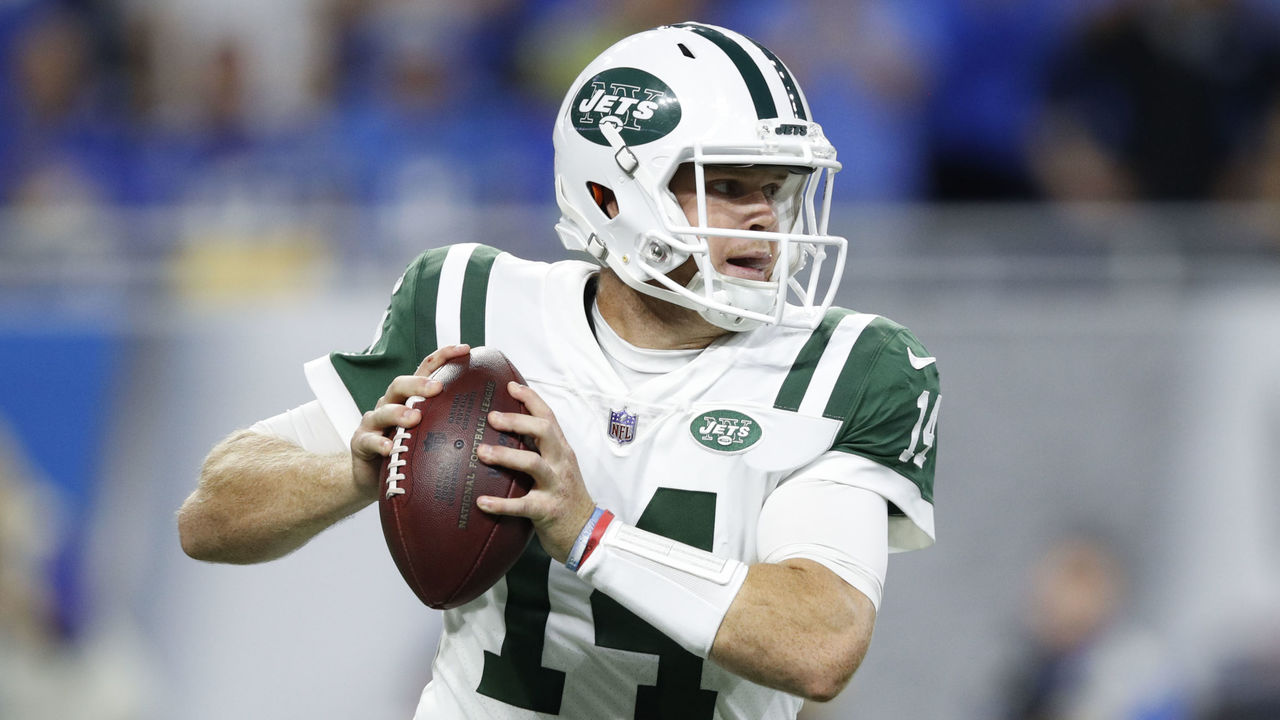
Darnold is one of the players who still fits the traditional sleeper definition, considering he's a forgotten man in most drafts.
It's understandable that the fantasy community is hesitant after Darnold was woefully inconsistent for the majority of his rookie campaign, completing just 55 percent of his passes during his first nine outings while compiling an 11:14 touchdown-to-interception ratio. However, when he returned to the lineup over the final month, Darnold was a different quarterback, completing 64 percent of his attempts with six touchdowns to just one pick. He also started using his legs more, averaging nearly 20 rushing yards per game, helping him post the 12th most fantasy points over that four-game span.
A weapons upgrade was desperately required and the Jets delivered by adding Le'Veon Bell to the backfield and Jamison Crowder to the slot, all while reinforcing the offensive line with former All-Pro guard Kelechi Osemele. They'll join the team's top wideout Robby Anderson, who started to form an on-field connection with Darnold down the stretch, as well as versatile receiver Quincy Enunwa, who was the young QB's favorite target early in the year.
Quarterback is the deepest position in fantasy, which allows you to wait until deep into the draft before you address it. My approach in recent seasons has been to select two high upside passers in the later rounds and hope one of them hits. Darnold will be among the names on my list this year.
Overachiever potential: ★★★★☆
ADP: 14th round (QB26)
Peyton Barber, RB, Buccaneers

For anyone wondering why a starting running back is on this list, let me counter by asking - why is Barber being drafted in the 12th round?
Entering the offseason, no one thought he would remain atop the Bucs' depth chart through free agency and the draft. Barber is a volume-dependent runner who won the lead job by default last season when second-round pick Ronald Jones fell flat on his face as a rookie. After the team failed to bring in any high-end competition, Barber will be the starter once again, something new head coach Bruce Arians seems fine with.
“I love him,'' Arians told the Tampa Bay Times in March. "When you watch him on tape, you don’t see his 230 (lbs), you would think he’s a 205-pound running back because he’s got great feet. Not every back’s going to be a home run hitter, but if he gets those 10-15-yard runs, breaking tackles, power runner, punishing runner, that’s kind of how I like to start. When we’re building something, that’s the kind I like to build around.”
Meanwhile, the only person singing Jones' praises this year is Bucs general manager Jason Licht - the man who drafted him.
Rookie Bruce Anderson might make my deep sleeper column for 2019, but he's far from a lock to even make the team as an undrafted free agent.
If you think Barber's ADP factors in those months where owners were scared to select him, you're wrong. Even looking at his May ADP in best ball leagues, Barber is still going off the board outside the top 150 on average.
At that point in the draft, Barber represents insane value. Last year, he turned 254 touches into an RB26 fantasy finish in standard leagues and RB31 in PPR formats. He's set up in a similar way for 2019.
Overachiever potential: ★★★★☆
ADP: 12th round (RB49)
Matt Breida, RB, 49ers
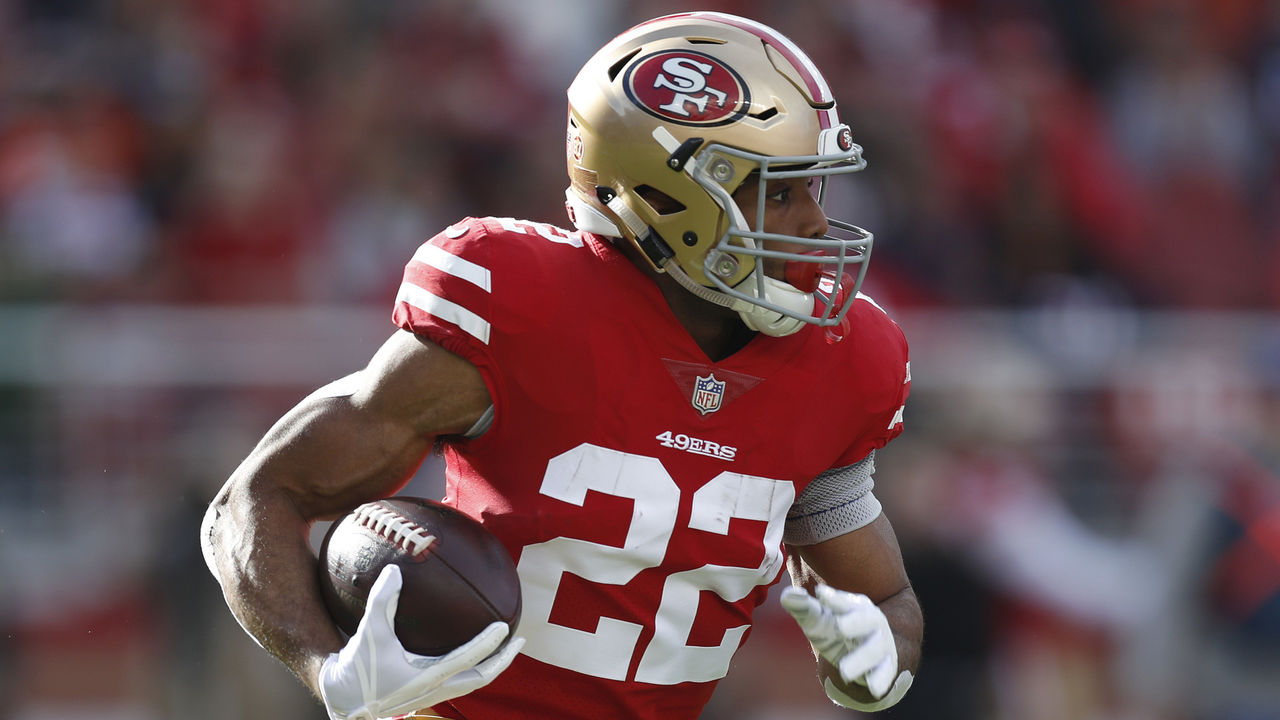
For several years, fantasy owners found success by drafting the cheapest running back in the Patriots' backfield. The concept revolved around our certainty in New England's rushing production mixed with our lack of knowledge over who Bill Belichick would deploy in the lead role. Injuries also played a factor.
This season, the 49ers' stable of running backs might require a similar approach.
In addition to signing head coach Kyle Shanahan's former pupil in Atlanta, Tevin Coleman, San Francisco will get back last year's big-ticket free-agent Jerick McKinnon after a torn ACL sidelined him for the entire campaign last year.
That's pushed Breida's ADP way down despite a breakout season with 814 rushing yards on 153 carries, 261 receiving yards on 27 catches, and five total touchdowns. He averaged an absurd 5.3 yards per carry, in part due to his big-play ability. According to Niners Nation, Breida gained 10 yards or more on 16 of his 68 runs outside the tackle.
Breida was banged up on multiple occasions, yet fought through injuries to play in 14 games. Neither Coleman or McKinnon have proven themselves as workhorse backs, leaving this situation to be decided in training camp.
“It’s up to the players. They will define their roles," Shanahan explained on the Adam Schefter Podcast.
With each player's volume still unknown, it's surprising Breida's ADP has fallen so far behind his teammates as Coleman is projected to go in the fifth round, McKinnon in the eight, and Breida in the 13th.
Coleman is my pick to be the top fantasy producer here, but a two-headed committee is likely, with both players having a chance to be fantasy relevant each week. Even if Coleman and McKinnon open the season as the starting duo, Breida will be an injury away from returning value, a scenario that unfolded in his favor last year.
Overachiever potential: ★★★★☆
ADP: 13th round (RB52)
John Brown, WR, Bills
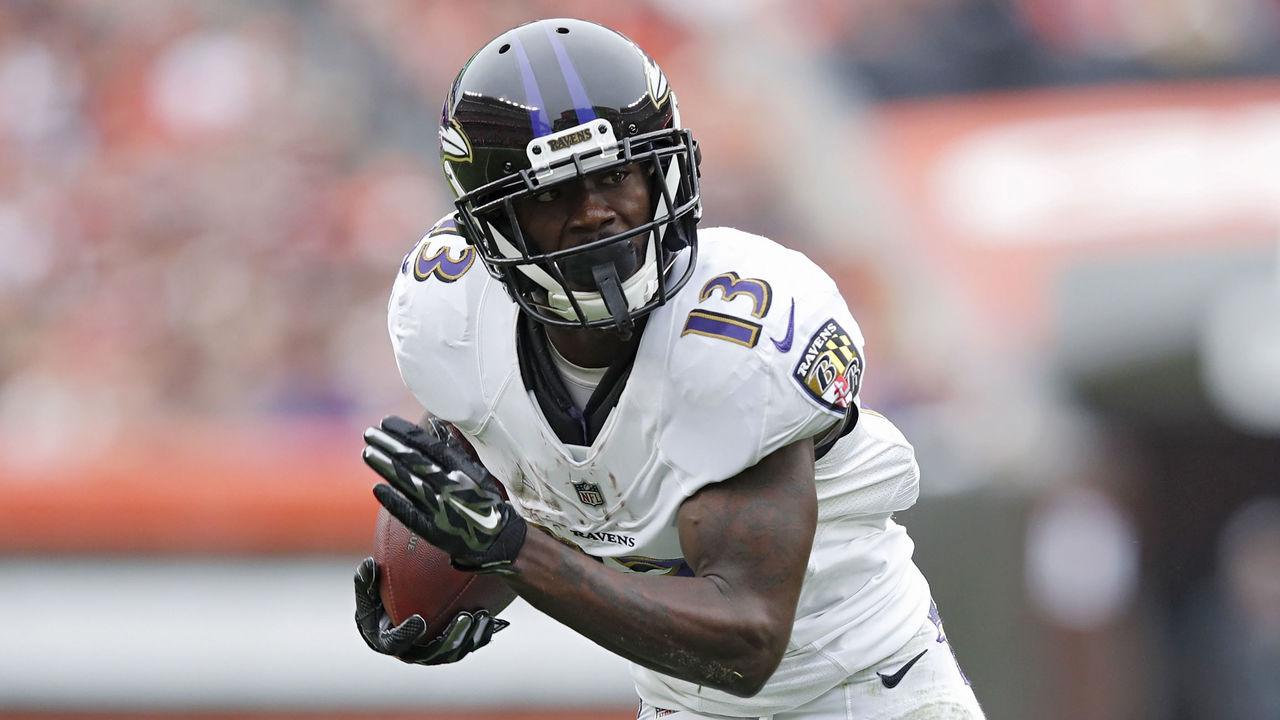
Over his first seven games with the Baltimore Ravens in 2018, Brown was the WR11 in standard formats and the WR16 in PPR leagues, with 86 yards and/or a touchdown in five of those contests. Prior to Lamar Jackson taking over at quarterback, Brown was on pace for 1,275 yards and nine touchdowns, which would have been career highs, topping his 1,003-yard, seven-score sophomore season with the Cardinals in 2015.
Back then, Brown was seen as a potential breakout candidate before sickle cell issues sidetracked him. As we witnessed last season, he's now healthy and can be a top-25 receiver with the right opportunity.
Some may claim Josh Allen isn't much different than Jackson, as both turned their offenses into low-volume passing attacks. However, Allen was able to help his receivers post big fantasy outings thanks to the deep ball, an area where Brown excels.
Allen led the league in average depth of target last season, with a league-high 28.2 percent of his pass attempts traveling 15-plus yards downfield, according to Rotoworld's Rich Hribar.
Robert Foster was one of the main beneficiaries, hitting the 100-yard mark three times over his final seven games of 2018, resulting in WR2 fantasy numbers during the second half of the season.
From Week 10 onward, both Foster and Zay Jones finished in the top 13 for targeted air yards, a metric Brown ranked eighth in for 2018 and third in 2017.
Buffalo isn't the destination fantasy owners were hoping for, but the receiver remains a captivating asset with a high ceiling and a slightly lower floor due to the uncertainty surrounding the Bills' offense.
Overachiever potential: ★★★★★
ADP: 14th round (WR66)
Donte Moncrief, WR, Steelers
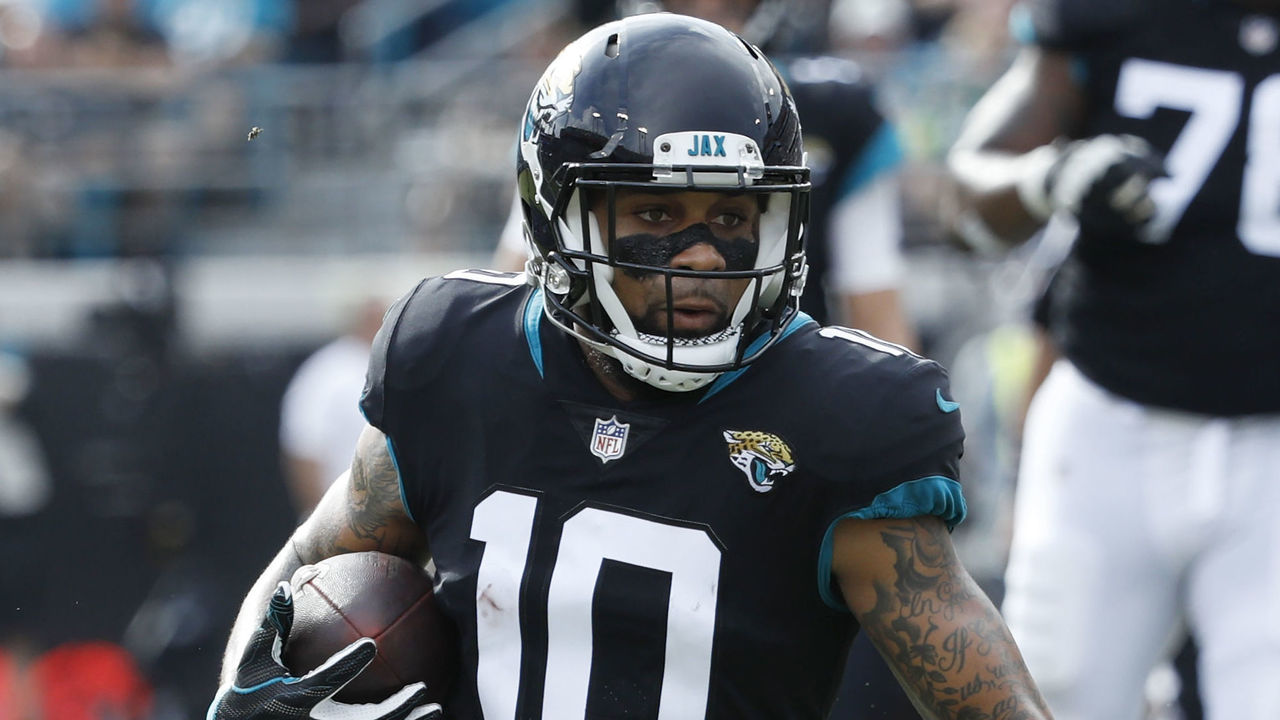
The Antonio Brown-sized hole in the Steelers' offense is one that won't be filled by JuJu Smith-Schuster alone. After all, JuJu saw 166 targets in 2018, so there isn't much room for that number to grow.
Replacing the 168 targets left behind by Brown will fall on Moncrief, James Washington, Diontae Johnson, Eli Rogers, Ryan Switzer, and tight end Vance McDonald. It's possible we look back a year from now and realize it was a collective effort by several members of that group, but at the moment, it seems as though Moncrief and Washington will have increased roles.
Moncrief comes with a three-round discount as a free-agent signing whose stock fell after stops in Indianapolis and Jacksonville were capped by injuries and poor quarterback play. The 25-year-old has flashed game-breaking ability throughout his career, including 13 touchdowns combined during the 2015 and 2016 campaigns, he's just never been able to put everything together over a full season.
The 6-foot-2, 216-pound wideout was a top-30 fantasy receiver during a seven-week stretch last year, which was highlighted by stat lines of 5-109-1, 6-76-0, 7-76-0, 4-54-0, and 3-98-1. He'll now get a significant upgrade at quarterback with Ben Roethlisberger.
If Moncrief can win the No. 2 job, a fantasy breakout is still within reach.
Overachiever potential: ★★★★☆
ADP: 13th round (WR57)
Demarcus Robinson, WR, Chiefs
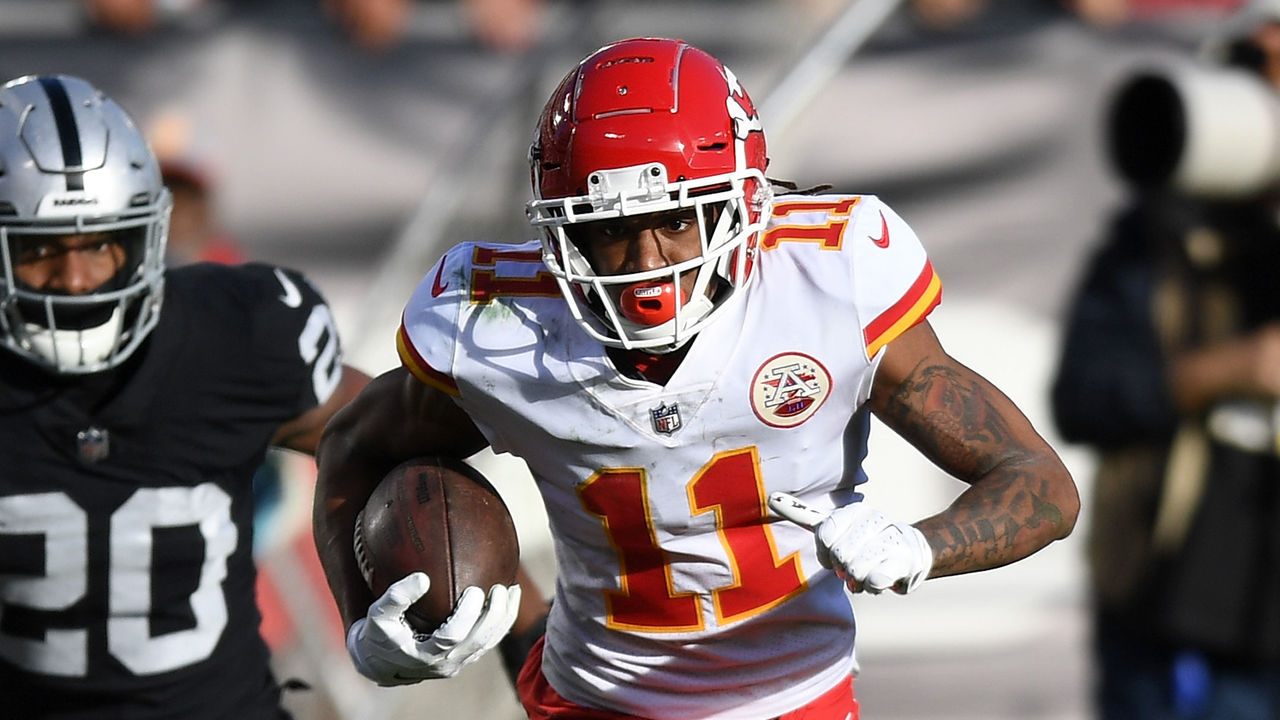
Robinson will go into the last year of his rookie deal with perhaps the greatest opportunity of his career. Tyreek Hill's future with the Chiefs remains in doubt, creating what could be a wide-open competition in the receiving corps.
If Hill is suspended or released, tight end Travis Kelce will be Patrick Mahomes' top option. Behind him, Sammy Watkins has the pedigree of a No. 1 receiver, but he'll need to stay healthy in order to deliver. With Watkins sidelined late last season, Robinson went on a three-game touchdown streak, much to the delight of DFS owners.
The assumption that second-round speedster MeCole Hardman will be able to immediately step into Hill's role is a bit optimistic. Hardman needs to improve his route running and work on his hands if he's going to make an impact in Year 1.
Robinson knows the dynamic offense and has shown chemistry with Mahomes. If he can carve out more consistent snaps, he'll be well worth a final-round pick in your draft.
Overachiever potential: ★★★★☆
ADP: Undrafted
Mark Andrews, TE, Ravens
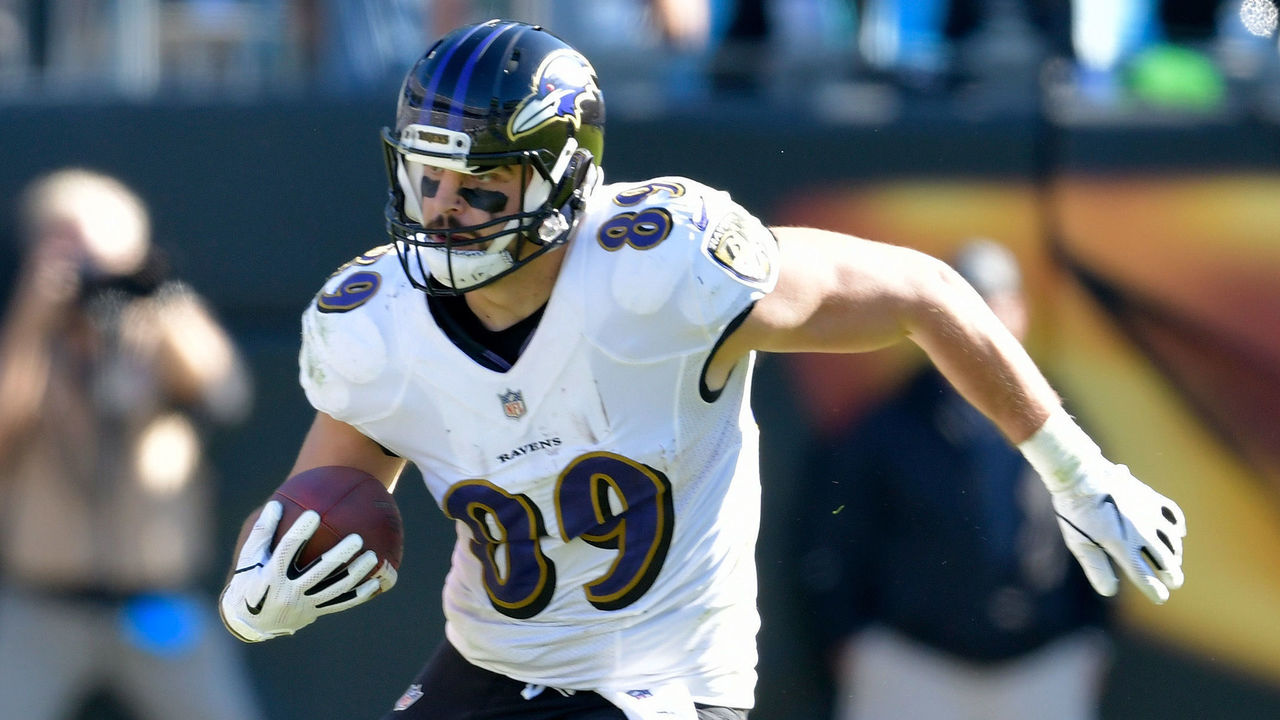
Rookie tight ends rarely make a fantasy impact, especially when they're on a team that employs a run-first approach. In Andrews' case, he was the second tight end the Ravens drafted in 2018, but ended up being the team's most productive player at the position.
Even with Jackson averaging just 22 pass attempts per game down the stretch, Andrews finished 10th among tight ends over the final six contests of the fantasy season. He was one of the only pass-catchers who continued to produce with Jackson under center, despite seeing the field on fewer than 40 percent of the team's snaps.
Andrews' rookie season put him in elite company in a few areas, according to Action Network's Ian Hartitz. First, Andrews is one of 15 first-year tight ends to average eight yards per target since 2000. He's also one of only seven tight ends to average at least two yards per route over the past two seasons.
There's hope the Ravens' playoff loss helped the team realize the need to open up the passing game. Every report out of Baltimore mentions that Jackson is working on his accuracy and that the coaching staff plans to throw more in his second season. While we may want to chalk that up to coachspeak, it's a trend we've seen with other sophomore passers like Jared Goff and Mitch Trubisky.
With a year of experience and a projected uptick in playing time, Andrews is on the radar as a late-round target with plenty of upside.
Overachiever potential: ★★★☆☆
ADP: Undrafted
More from this series
- Breakouts to target
- Busts to avoid
- Sleepers to steal
- Risky picks to gamble on